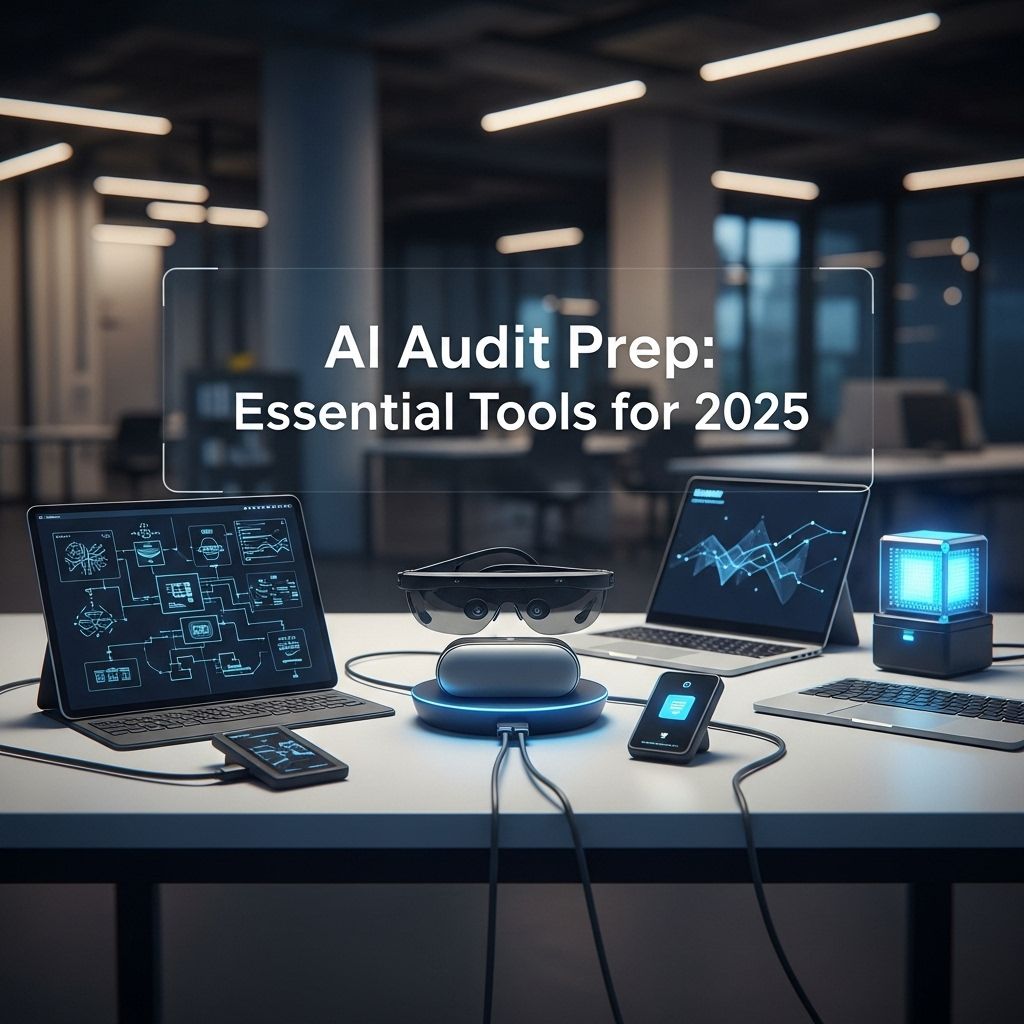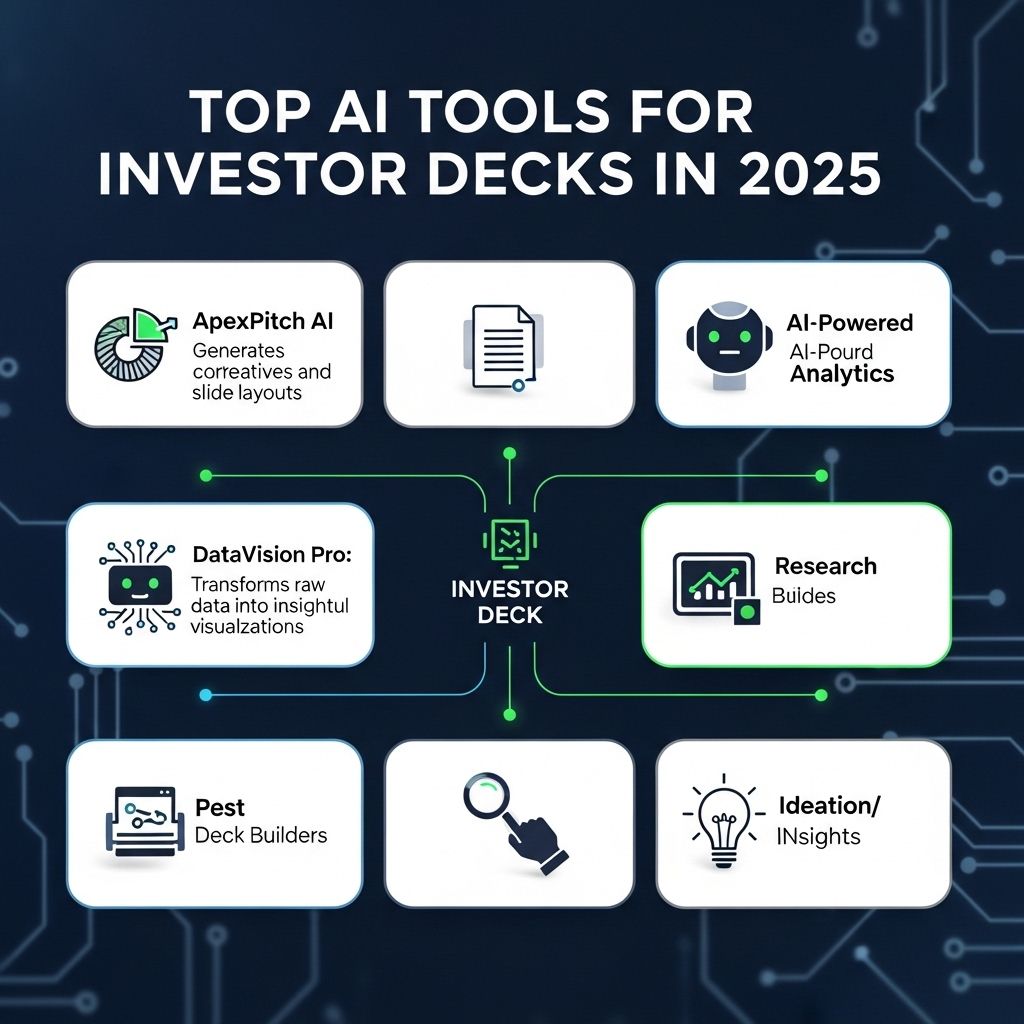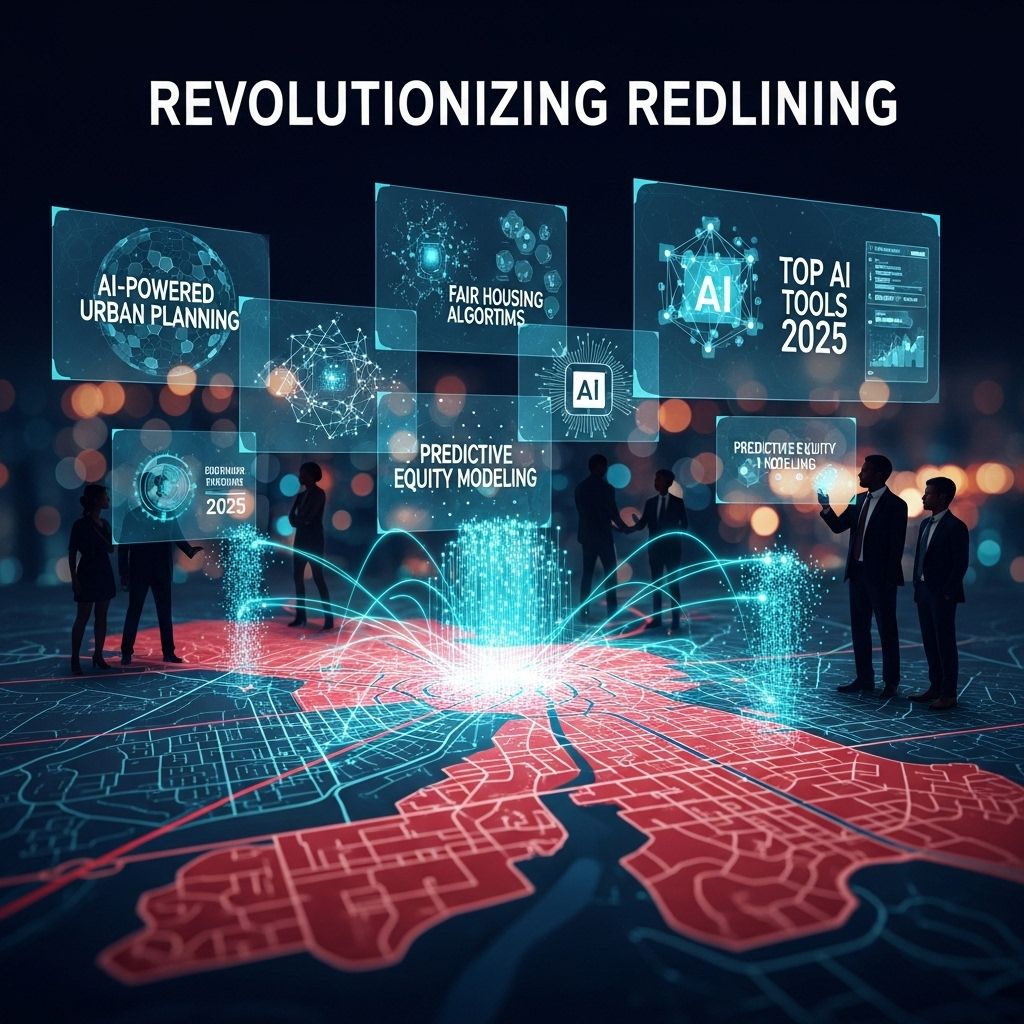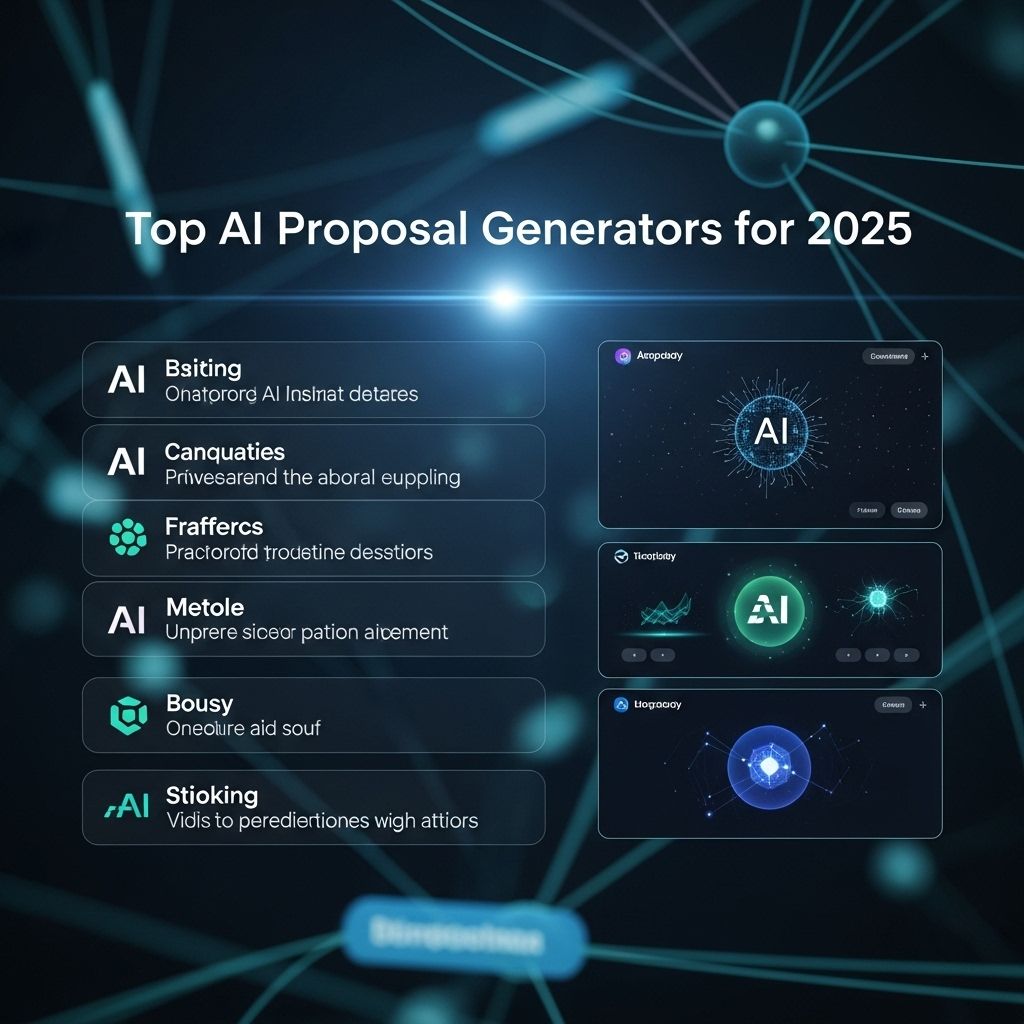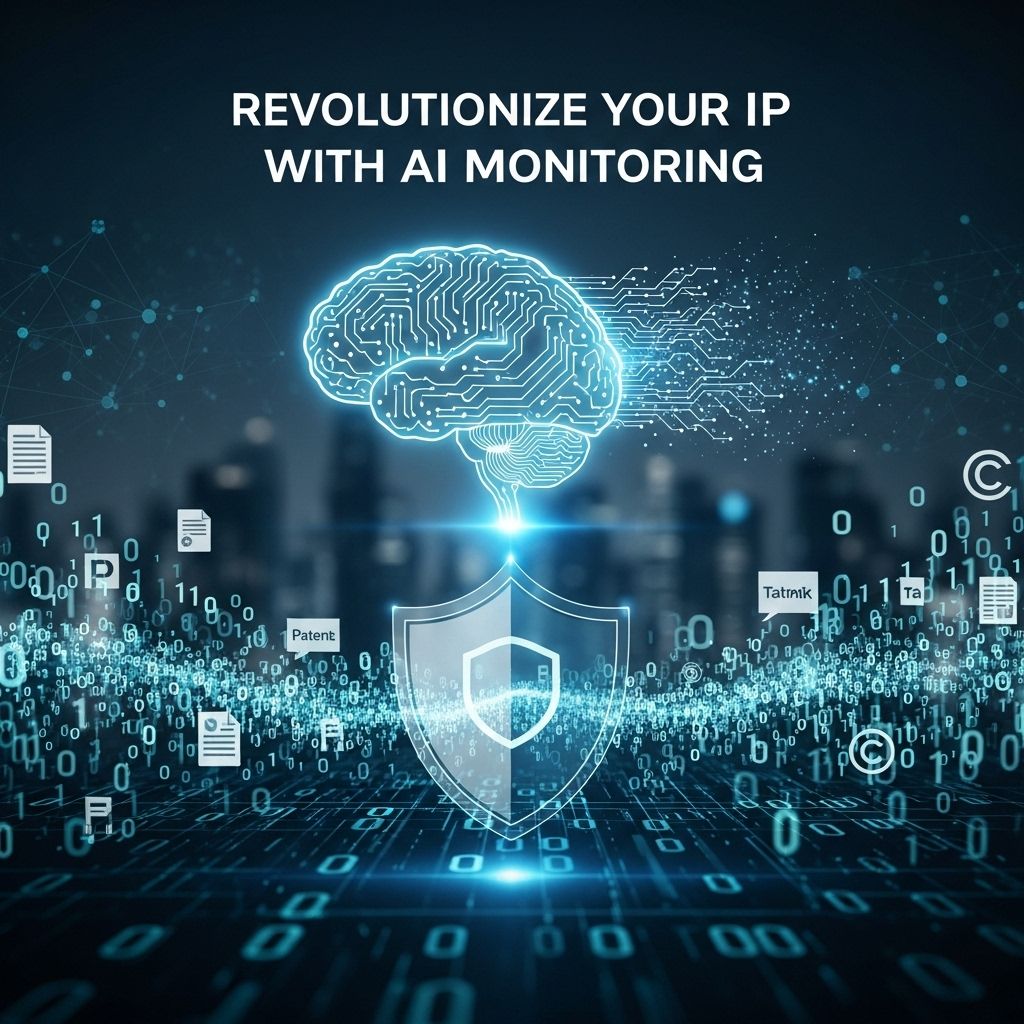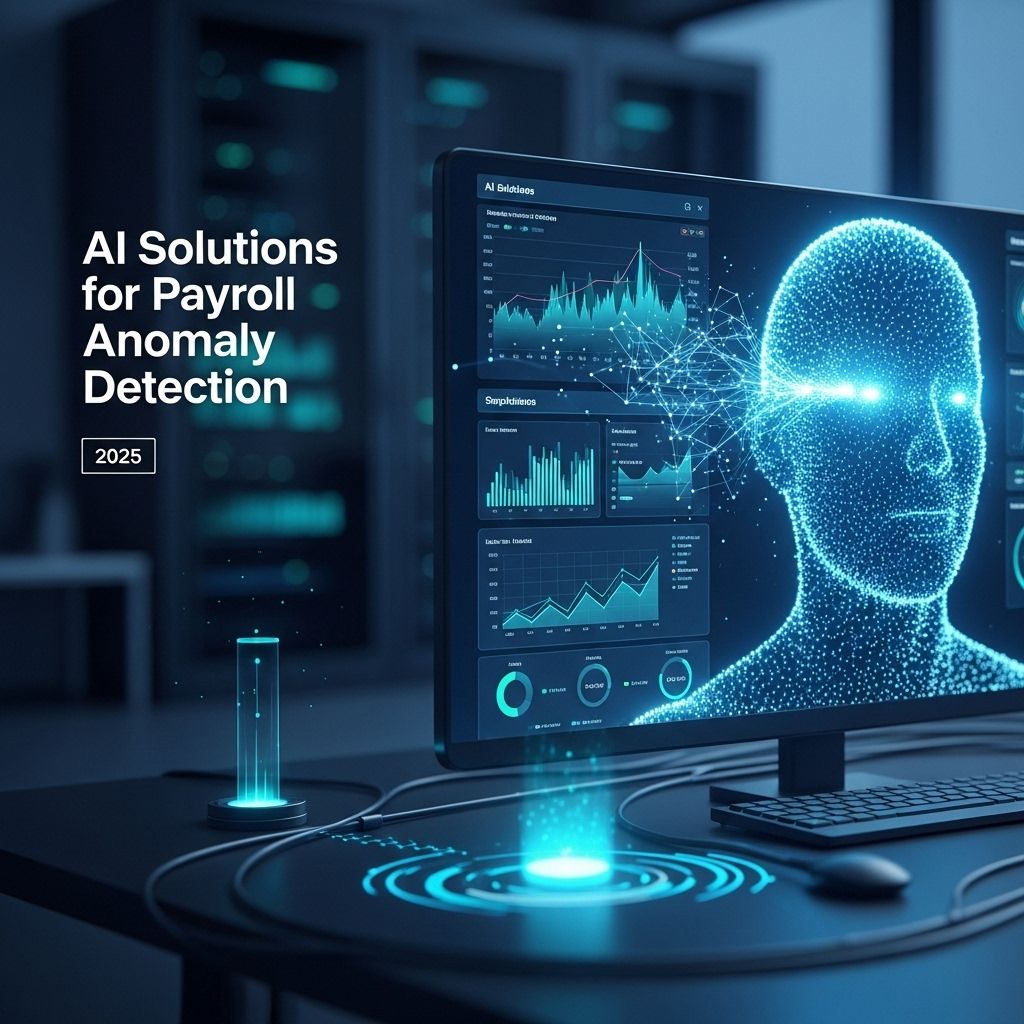Revolutionizing Redlining with AI Tools in 2025
Explore how AI tools are set to transform redlining practices in 2025, promoting equity and access in urban development.
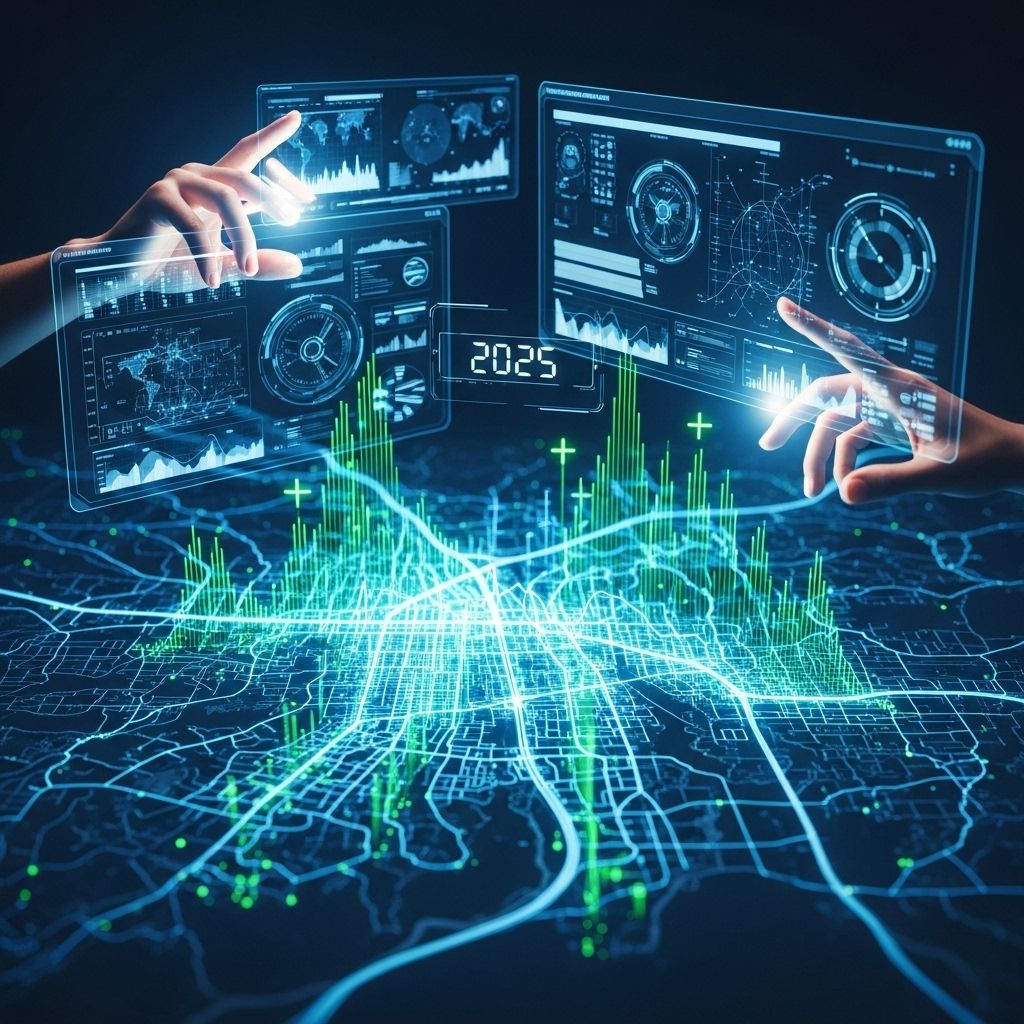
The landscape of urban development is rapidly changing, driven by technology and innovation. As cities expand and evolve, the legacy of historical injustices such as redlining continues to be a pressing issue. The advent of artificial intelligence (AI) tools presents a unique opportunity to address these challenges in 2025 and beyond. By leveraging data analysis and machine learning, AI can help dismantle the systemic barriers that have perpetuated inequality in housing and urban planning.
Table of Contents
The Historical Context of Redlining
Redlining, a term that originated in the 1930s, refers to the systemic denial of various services to residents of specific neighborhoods based on racial or ethnic composition. The consequences of redlining have been profound, impacting access to housing, education, and economic opportunities. Understanding the historical context is crucial in tackling the issues that have arisen from these discriminatory practices.
Key Characteristics of Redlining
- Discriminatory Policies: Government-backed policies that restricted access to mortgage loans for marginalized communities.
- Neighborhood Segregation: The systematic segregation of communities based on race, leading to a lack of investment in certain areas.
- Economic Disparities: Long-term economic disadvantages for affected communities, contributing to poverty cycles.
The Role of AI in Urban Development
With the rise of AI technologies, there is a growing potential to analyze vast amounts of urban data to identify patterns and develop strategies aimed at reducing inequality. AI can play a transformative role in various aspects of urban development, from planning to policy-making.
Data Analysis and Visualization
AI-driven tools can process and visualize data in ways that highlight disparities within urban environments. This allows city planners and policymakers to make informed decisions based on empirical evidence rather than outdated assumptions.
Predictive Modeling
Predictive modeling can be utilized to forecast the impacts of urban development projects on various communities. By simulating different scenarios, stakeholders can better understand how changes in policy might affect existing inequalities.
AI Tools to Combat Redlining
As we move toward 2025, several innovative AI tools are set to emerge, designed to address the challenges posed by redlining. These tools will enable more equitable urban planning and policy implementation.
1. Geographic Information Systems (GIS) Enhanced by AI
GIS technology, when combined with AI, can facilitate deeper insights into geographic data. This integration can:
- Identify areas that have been historically underfunded.
- Analyze demographic changes over time.
- Provide visualizations that communicate inequality issues effectively.
2. Machine Learning Algorithms for Housing Market Analysis
Advanced machine learning algorithms can be employed to analyze housing market trends. These algorithms can:
- Detect patterns of discrimination in lending practices.
- Evaluate the impact of new developments on housing prices in different neighborhoods.
- Recommend policies that encourage fair housing practices.
3. Community Feedback Platforms
AI can be utilized to create platforms that gather community feedback on urban development initiatives. These platforms can:
- Use natural language processing to analyze public comments and concerns.
- Facilitate engagement between residents and decision-makers.
- Highlight community needs that may not be immediately visible through traditional data sources.
Challenges and Ethical Considerations
While the potential of AI in combatting redlining is significant, it is important to recognize the challenges and ethical considerations that come with it. The following issues must be addressed to ensure that AI tools are used responsibly:
Data Privacy
As AI tools gather and analyze vast amounts of data, maintaining the privacy of community members is essential. Strategies must be implemented to protect sensitive information and ensure transparency in data usage.
Bias in Algorithms
AI algorithms can inadvertently perpetuate existing biases if not carefully monitored. It is crucial to regularly audit algorithms to identify and rectify any biases that may emerge during the training process.
The Future of AI Tools in Urban Planning
Looking ahead, the continued integration of AI in urban planning will reshape how cities are developed and managed. By 2025, we expect to see:
- Increased collaboration between tech companies and urban planners.
- More robust frameworks for ethical AI use in public policy.
- Greater public awareness and engagement with urban development initiatives.
Conclusion
The intersection of AI technology and urban planning offers a pathway to address the historical injustices of redlining. By harnessing the power of AI tools, communities can move toward a more equitable future. As we navigate these advancements, it is vital to remain vigilant about ethical considerations and ensure that the benefits of technology are shared across all segments of society.
FAQ
What is redlining and how does it affect communities?
Redlining is a discriminatory practice that involves denying services, typically financial, to residents of certain areas based on racial or ethnic demographics. This has long-term impacts on community development and access to resources.
How can AI tools help combat the effects of redlining?
AI tools can analyze historical data to identify patterns of redlining, help in urban planning by predicting the needs of underserved areas, and assist in creating equitable policies for community development.
What advancements in AI are expected by 2025 to address redlining?
By 2025, advancements in AI are expected to include more sophisticated predictive analytics, enhanced data visualization tools, and improved machine learning models that can better understand and mitigate the effects of redlining.
How can local governments utilize AI to improve housing equity?
Local governments can use AI to analyze housing data, optimize resource allocation, and develop targeted initiatives that promote equitable access to housing and financial services for all communities.
What role do community organizations play in using AI against redlining?
Community organizations can leverage AI tools to advocate for policy changes, gather data on housing inequities, and engage with residents to ensure that their voices are heard in the decision-making processes.
Are there any successful examples of AI being used to fight redlining?
Yes, several cities have implemented AI-driven projects that analyze housing data and develop strategies to address the historic impacts of redlining, leading to more equitable housing policies and resource distribution.

